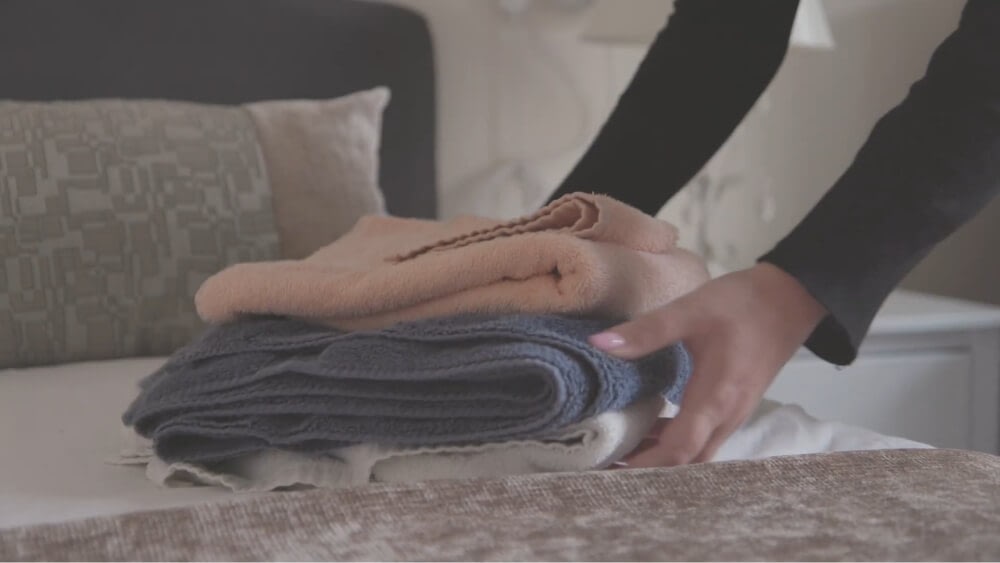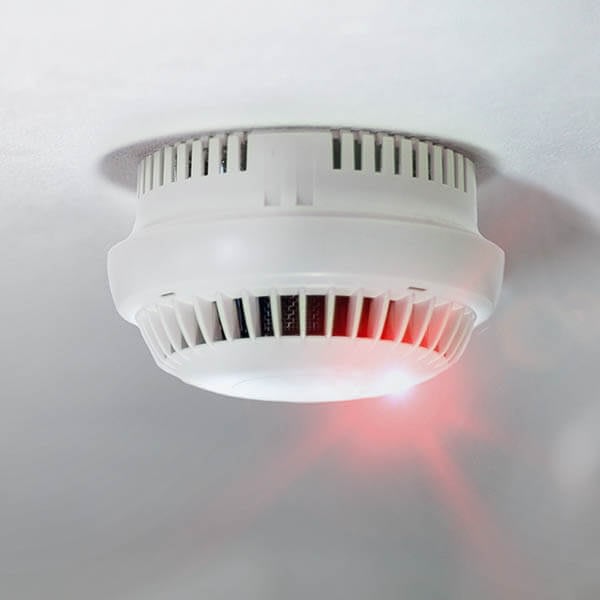In our experience, the best architects and contractors have the ability to look at all the design aspects of a new project, taking into account every challenge they may face and uncovering every possibility open to them. Nevertheless, when the new build or refurbishment includes an on-premise laundry, even the most seasoned building experts need and benefit from our specialist advice…which this commercial laundry planning guide aims to provide.
Location
Ideally, the laundry should be situated on the ground floor of a build, to facilitate easy commercial laundry equipment access and to alleviate structure-borne vibration which could cause damage. The chosen site should consist of at least one external wall to receive dryer exhaust ducts and air inlet panels without the need for expensive and troublesome fan assisted systems. Natural light is always preferred to provide laundry staff with pleasant working conditions. However part of the external wall should be window free so tall dryers or stack towers do not obscure natural light.
For infection control, always plan the laundry away from the kitchen, ensuring that food and soiled linen do not share the same corridor.).
Flooring
Where possible the laundry floor should be a solid concrete ground floor slab – even if the rest of the ground floor is suspended PCC beams. Timber floors should be avoided, and underfloor heating must be omitted from the area where heavy duty washing machines will be installed. An insulation layer between the structural floor and the screed must be omitted from the area to receive the washing machines – under-screed DPMs should be avoided.
Where PCC floors or block and beam floors are unavoidable, your appointed structural engineer must be consulted. In most cases a concrete plinth will need to be cast on top of the structural floor (not the screed) to receive holding down bolts.
Layout
The laundry room should have a ‘soiled/in’ door and a ‘clean/out’ door. Regardless of dimensions, the room should be designed with 1/3 of the space available for the ‘wet’ side and 2/3 for the ‘dry’ side – each with sorting and storage area.
A fire exit on the external wall should be included, which could also satisfy the machine access requirement, should machines may need to be swapped or upgraded after the completion of the build.
Machines
Commercial or industrial grade equipment is a must in on-premise laundries – both for practical and regulatory reasons. Using our vast experience and insights built up over decades of listening to our care customers, we have developed a full and varied range of WRAS-approved, washing machines, energy efficient tumble dryers with a unique S.A.F.E (Sensor Activated Fire Extinguishing) system, ironers, finishing equipment and detergents – as well as our ground-breaking OTEX ozone disinfection system which enables commercial settings to be HTM01-04 or HACCP compliant from the outset and minimise a site’s carbon footprint in the long-term.
Our ever-growing portfolio means always have the right equipment solution for any client need – and our planning team have the direct resource required to feed equipment into all types of project following the scoping and design stages of a build.
Utilities
A foul drainage SVP or stub stack (min. 100mm diameter) should be situated in the ‘wet’ side of the laundry. The portion of external wall to receive the dryer ducts and air inlet panels should be in the ‘dry’ side. As a rule of thumb each washer and ironer will be three phase, generally around 32 amps per phase. Dryers tend to be single phase 13 amp if gas heated or three phase if electric heated.
Hot and cold water supplies which supply up to 24 litres per minute at 1.5 bar minimum are required under normal circumstances. JLA washers are fitted with a built in type `A` air gap, which means dedicated water services and back flow prevention devices are no longer required.
Exhaust outlets and inlets
For dryers…
A commercial tumble dryer operates as a forced draught unit. That is to say that the fan inside the dryer actually draws air out of the room and into the dryer. The air is then passed over the heat source (gas, electric or steam coil) and into the drum to dry the linen, therefore being forced outside via the exhaust duct. This is why the exhaust duct and the air inlet panel into the room are always the same size irrespective of the type of heating the dryer uses.
The duct size and air inlet panel size increases in proportion to the size and number of the dryers in the laundry. JLA can provide exact details and sizes of these once the specific dryer types and quantities have been agreed.
The dryer outlet to atmosphere (even for gas dryers) is completely harmless, albeit unpleasant and musty in odour. The duct can be vented out at any point, high or low, where the odour is least likely to cause offence (away from open windows and the air inlet panel).
It is often believed that the exhaust from a gas dryer is harmful due to the presence of combustion gases. Whilst this is technically correct, because the dryer is a forced draught unit the air passed over the heat source has diluted the combustion gasses to the point where they account for less than 2% of the total volume of the exhausted air and are therefore harmless.
For boilers…
The discharge or flue from a boiler is different to an exhaust duct from a dryer in that its content is made up entirely of combustion by-products such as carbon dioxide. The flue must always be terminated at high level out of harm’s way and must always travel in a vertical direction – 45 degree bends may be employed to adjust its route, but never 90 degree bends.
If you need expert support or project management assistance for your on-premise laundry facility, or learn about our Total Care subscription plan which removes the need for upfront capital outlay on machines, contact our advisors to book a no-obligation consultation.











